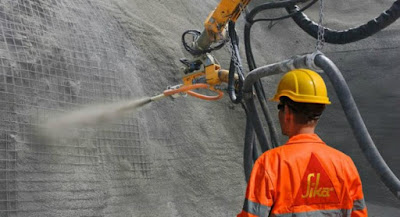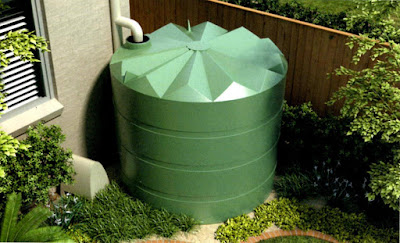http://civilustaad.blogspot.com/
DSML provides two types of deep soil mixing for geotechnical and environmental applications, including mass mixing, and column mixing.
Both systems present wet and dry soil mixing solutions, which enable the additives to be placed as wet slurry or dry powder.
They are able to tackle some of the most hard soil conditions, ranging from flood plains and soft soils through to contaminated land.
SOIL MIXING
Deep
soil mixing is an in situ ground improvement method that enhances the
characteristics of weak soils by mechanically mixing them with a cementitious
binder. The action of mixing materials such as cement, lime or bentonite, fly
ash with soil causes the properties of the soil to become extra like soft rock.
DSML provides two types of deep soil mixing for geotechnical and environmental applications, including mass mixing, and column mixing.
Both systems present wet and dry soil mixing solutions, which enable the additives to be placed as wet slurry or dry powder.
They are able to tackle some of the most hard soil conditions, ranging from flood plains and soft soils through to contaminated land.





















































